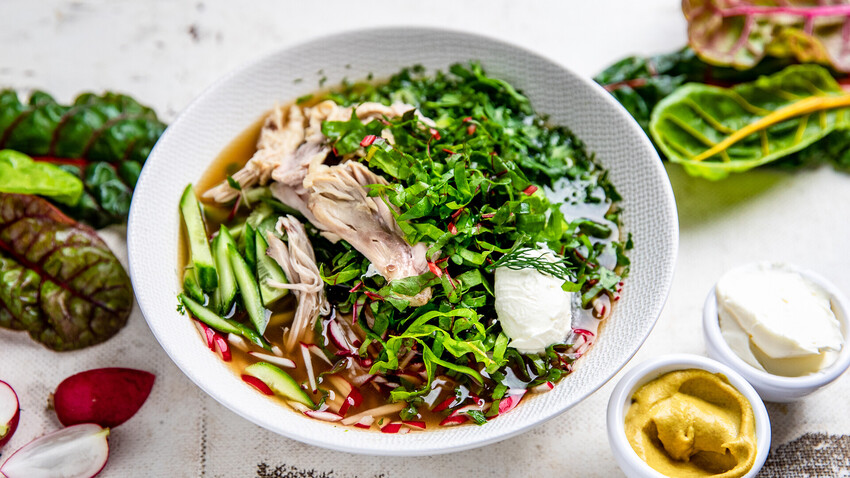
If you like lots of greens on your plate, try this nutritious and healthy Russian soup.
Yulia MulinoBotvinya is an ancient Slavic soup that’s mentioned as early as in the 16th century Domostroy, the ancient Russian encyclopedia of everyday life. It turns out that in the old days this soup was served to the nobility. This fact may confuse the modern gourmet, since the name of the dish, botvinya, makes it clear that it is based on the "botva," or beet stalks. It does contain a lot of greens, and of course the main ingredient is the beet’s stalk. So why was it so prized among the nobility?
The fact is that in Old Russia it was cooked in the broth of noble varieties of fish, such as sturgeon, beluga, and salmon. A simple village peasant couldn’t afford it.
This soup became very common in the 19th century, as evidenced by the fact that it’s often mentioned in Russian literature of the time. Most often writers used it in order to illustrate and emphasize tradition, as well as a metaphor for provincialism. Most likely the simple recipes for botvinya, without fish broth and that are mentioned in classic literature, created the impression of this soup as a plain dish.
As a favorite among the Russian nobility, botvinya was not always comprehensible to foreigners. There were cases when foreign diplomats in Russia were unfamiliar with the rules of a cold soup and asked botvinya to be warmed up.
Traditionally, it is recommended to prepare three bowls at once: a broth with botvinya and greens, a filet of noble fish, and a bowl of crushed ice.
Another feature of this cold dish is that the liquid part consists of kvass and a cold broth (vegetable or fish/meat broth). Cooking the broth takes time and it complicates the process of preparing the soup.
According to William Pokhlyobkin, the historian of Russian cuisine, all these features led to the fact that in Soviet times this dish lost popularity due to the high cost of ingredients and the complexity of cooking.
Nowadays, traditional botvinya is served in restaurants with Russian cuisine. At my home, it is usually prepared not with fish, but with meat. Besides, it’s cheaper than botvinya with sturgeon.
The original version includes sorrel or spinach boiled in salted broth and rubbed through a sieve.This makes the broth richer, but takes another 20 minutes. That’s why I skip this step and instead add lots of fresh chopped greens.
Botvinya is considered slightly spicy, as mustard and radish is added to the broth. You can add sour cream to make it milder.
Let’s make this soup with my family time-saving recipe.
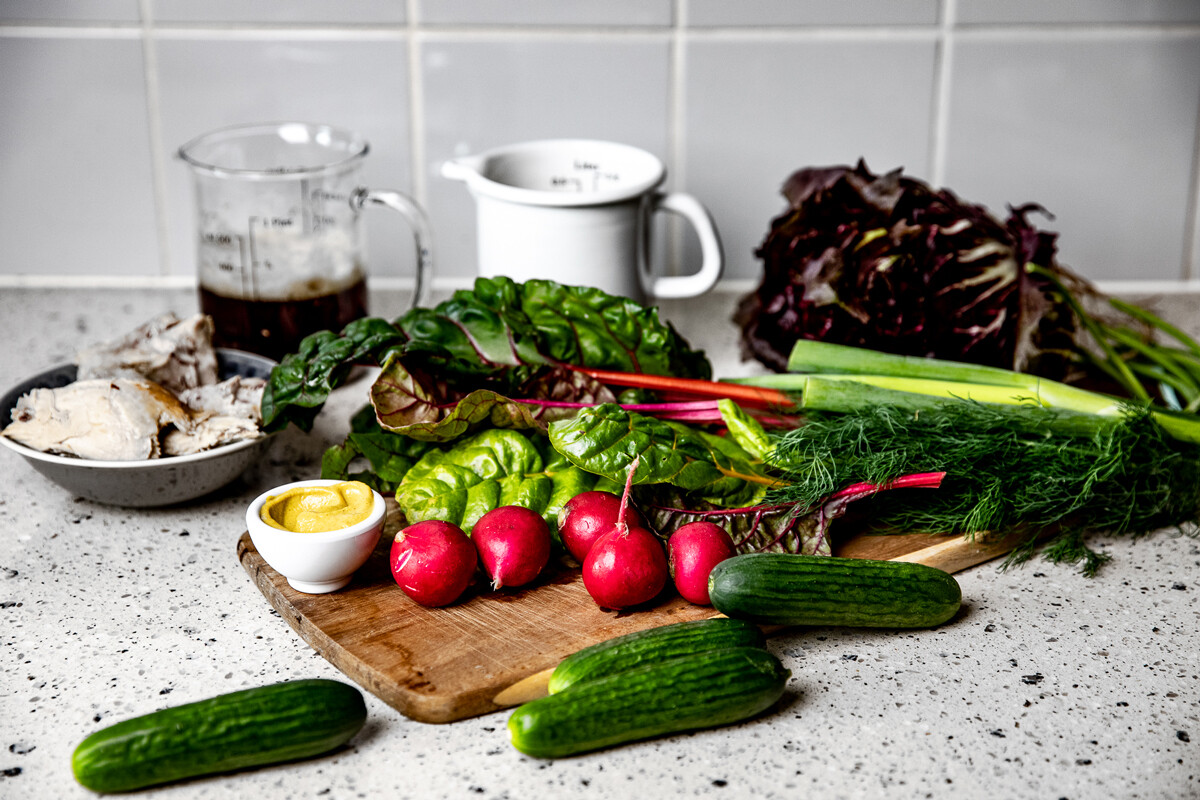
1. This soup’s flavor and richness depends largely on the quality of the broth. I made an aromatic broth prepared on the pork filet.

2. Slice the radish into julienne strips and place in a deep bowl.

3. Add the sliced cucumber and greens.
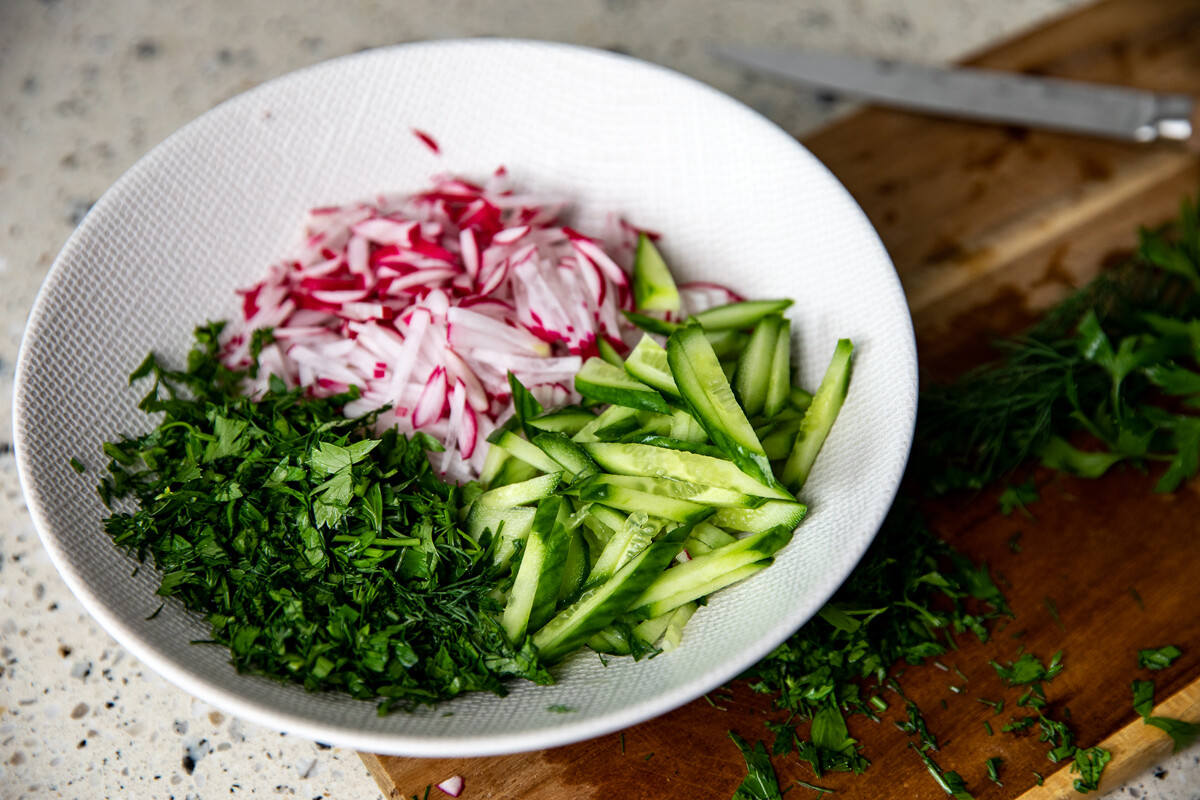
4. Chop the green onions.

5. Slice the leafy part of the beet stalks.
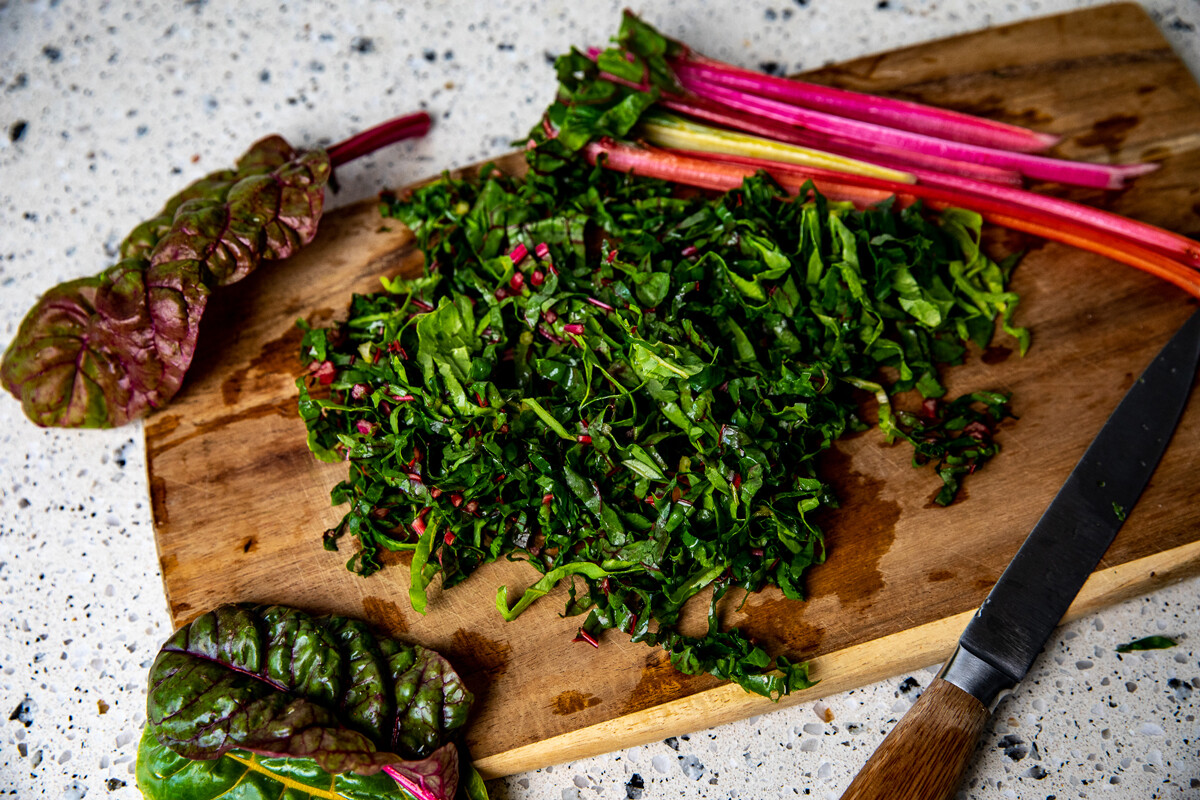
6. Mix broth, kvass, and mustard for a liquid soup dressing. Season with salt and pepper to taste.

7. Pour the soup in a bowl; add vegetables and greens, meat, as well as the mix of broth and kvass (from point 6), and finally sour cream.
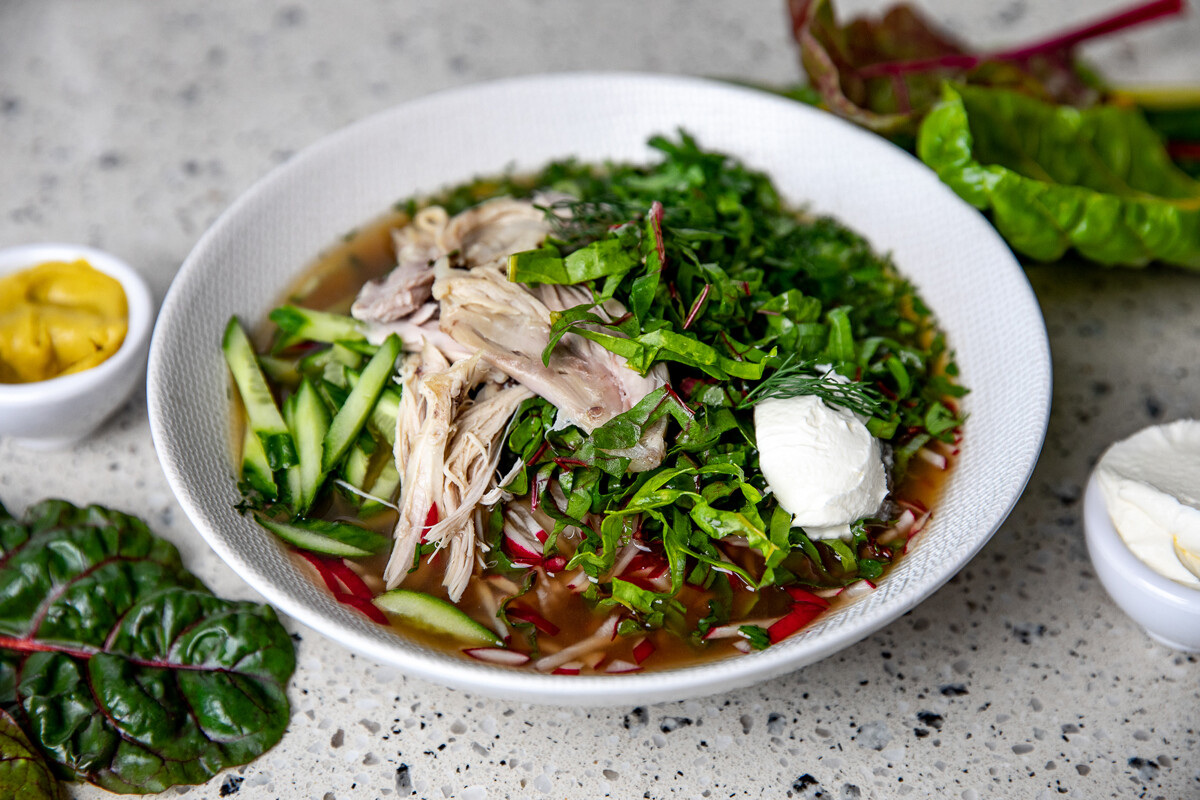
8. Enjoy!
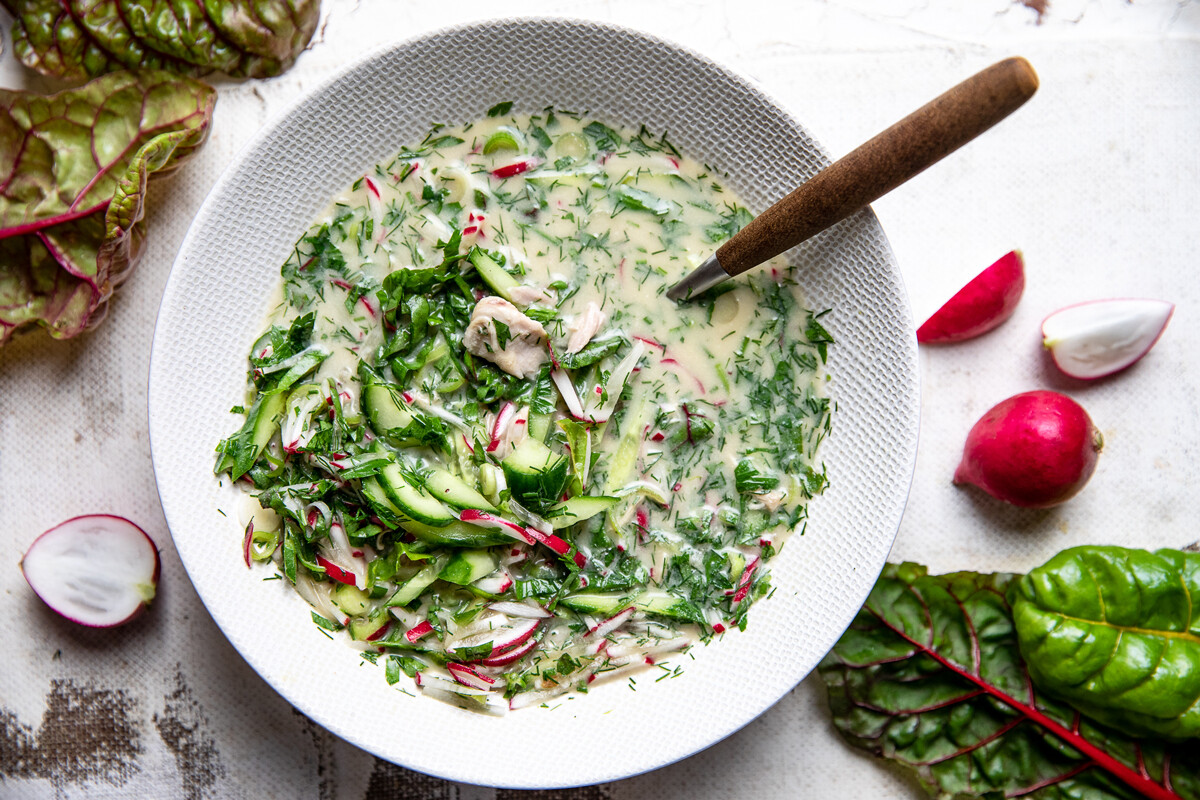
Dear readers,
Our website and social media accounts are under threat of being restricted or banned, due to the current circumstances. So, to keep up with our latest content, simply do the following:
If using any of Russia Beyond's content, partly or in full, always provide an active hyperlink to the original material.
Subscribe
to our newsletter!
Get the week's best stories straight to your inbox